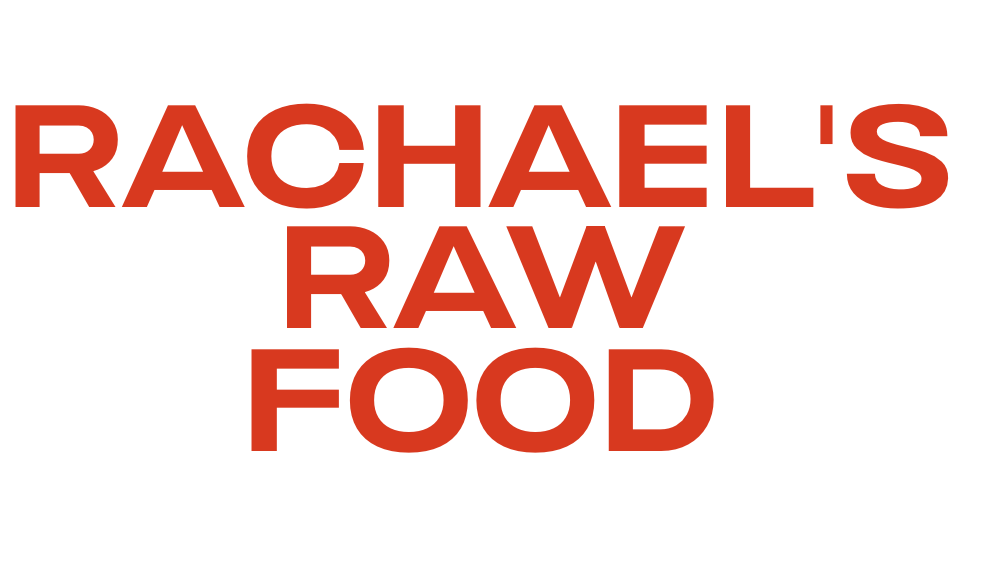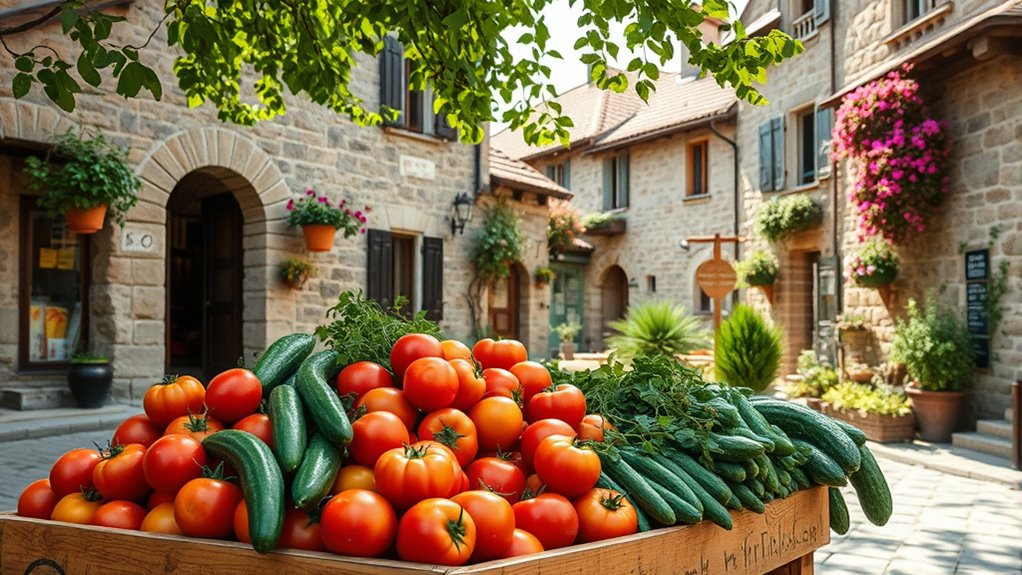To find fresh produce off the beaten path in Eastern Europe, visit local markets and lesser-known farms. These vibrant spots showcase regional traditions, colorful stalls, and seasonal harvests. You can often pick your own fruits or enjoy authentic farm-to-table dishes that change with the seasons. Exploring these hidden gems deepens your connection to the land and local culture. Keep exploring, and you’ll uncover even more authentic flavors and unique experiences beyond typical tourist routes.
Key Takeaways
- Discover local markets that showcase regional produce, crafts, and traditional foods away from tourist hotspots.
- Visit hidden farms and orchards for seasonal picking experiences and insights into organic farming practices.
- Explore small villages known for farm-to-table eateries serving fresh, locally sourced dishes.
- Engage with local vendors to learn about seasonal harvests and regional culinary traditions.
- Participate in guided tours that highlight authentic agricultural heritage and sustainable food practices.

Have you ever wondered what makes Eastern Europe an unforgettable adventure? It’s the vibrant blend of history, culture, and the thrill of discovering hidden gems that most travelers overlook. One of the best ways to immerse yourself in this region’s authentic charm is by exploring its local markets. These bustling hubs are more than just places to buy fresh produce; they’re the heartbeats of small communities. As you wander through narrow stalls, you’ll notice an array of colorful fruits, vegetables, herbs, and homemade products, each telling a story of local traditions and seasonal harvests. Engaging with vendors offers a glimpse into everyday life, giving you a richer understanding of the area’s culinary roots. Sampling freshly picked berries or crusty bread baked from traditional recipes allows you to taste the region’s authenticity firsthand.
Beyond the markets, you’ll find that farm to table dining is a cornerstone of Eastern European culinary experiences. Many small towns and villages pride themselves on serving dishes made from ingredients sourced directly from nearby farms. When you sit down at a family-run restaurant or a cozy tavern, you’re likely to enjoy meals crafted with produce harvested that very morning. This commitment to freshness and local sourcing elevates the flavor and authenticity of each dish. It’s not uncommon to see menus that change with the seasons, reflecting what’s available from local farmers. This sustainable approach to eating supports regional economies and preserves culinary traditions that have been passed down through generations.
Exploring these farm to table options often leads you to discover hidden farms and orchards where you can pick your own fruit or vegetables. Some farms even offer guided tours, giving you insight into organic farming practices and the effort that goes into producing your food. These experiences are invaluable for connecting with the land and understanding the importance of local food systems. As you venture off the beaten path, you’ll find that such encounters deepen your appreciation for Eastern Europe’s rich agricultural heritage.
Traveling through these lesser-known spots also means you get a chance to enjoy traditional dishes prepared with a focus on freshness and local ingredients. From hearty stews filled with seasonal vegetables to delicate pastries stuffed with farm-fresh berries, each bite tells a story of place and tradition. This authentic cuisine, coupled with the vibrant atmosphere of local markets, creates a memorable journey that’s far more meaningful than typical tourist experiences. So, whether you’re browsing market stalls or sitting down for farm-to-table meals, you’re truly immersing yourself in the soul of Eastern Europe’s vibrant, agricultural heart.
Frequently Asked Questions
Which Seasonal Fruits Are Unique to Eastern Europe’s Rural Markets?
You’ll find unique seasonal fruits in Eastern Europe’s rural markets, like wild strawberries and raspberries in summer, which burst with flavor. Don’t miss out on wild mushrooms in autumn, a local delicacy often collected from forests. These seasonal berries and mushrooms aren’t just food; they’re part of the region’s tradition, offering a fresh taste of local culture and nature’s bounty that you won’t find elsewhere.
How Can Travelers Identify Authentic Local Produce Vendors?
To identify authentic local produce vendors, look for market stall authenticity by observing how vendors display their goods and interact with customers. Trust vendors with a solid reputation, often indicated by repeat customers and positive reviews. Engage with vendors directly, ask about their produce origins, and seek recommendations. Authentic vendors tend to be passionate, transparent, and enthusiastic to share their knowledge, ensuring you get fresh, genuine local produce.
Are There Specific Etiquette Tips for Shopping at Farmers’ Markets?
Imagine the market as a stage where your etiquette sets the scene. When shopping at farmers’ markets, greet vendors warmly with a friendly hello, showing respect. Engage in market bargaining politely, understanding that it’s part of the experience. Smile, make eye contact, and thank vendors for their fresh produce. These small gestures create a positive exchange, making your visit enjoyable and authentic, just like a well-rehearsed performance.
What Safety Precautions Should Be Taken When Sampling Street Produce?
When sampling street produce, prioritize food safety tips by washing your hands beforehand and inspecting the produce for freshness and cleanliness. Trust vendor credibility by observing how they handle and display their items, and choose vendors with a good reputation. Avoid produce that looks spoiled or unwashed. Always ask about freshness and sourcing if unsure, and use clean utensils or sticks to taste samples, ensuring a safe and enjoyable experience.
How Do Local Farming Traditions Influence Available Produce Varieties?
You see, local farming traditions shape what produce you’ll find by emphasizing traditional farming methods that preserve regional crop diversity. These methods keep heirloom varieties alive, offering you unique flavors you won’t find in mass-produced goods. By understanding how farmers respect age-old practices, you’ll notice a wider variety of fresh, seasonal produce. This regional crop diversity guarantees your culinary experience stays authentic, highlighting the rich agricultural heritage of each area.
Conclusion
As you wander through Eastern Europe’s hidden corners, each fresh produce stand becomes a treasure chest waiting to be opened. The vibrant colors and earthy scents lead you on a delicious journey off the beaten path, revealing nature’s bounty tucked away from the crowds. Embrace the adventure, let your senses guide you, and savor the authentic flavors that bloom where few dare to explore. This journey isn’t just about food — it’s a feast for your soul.










